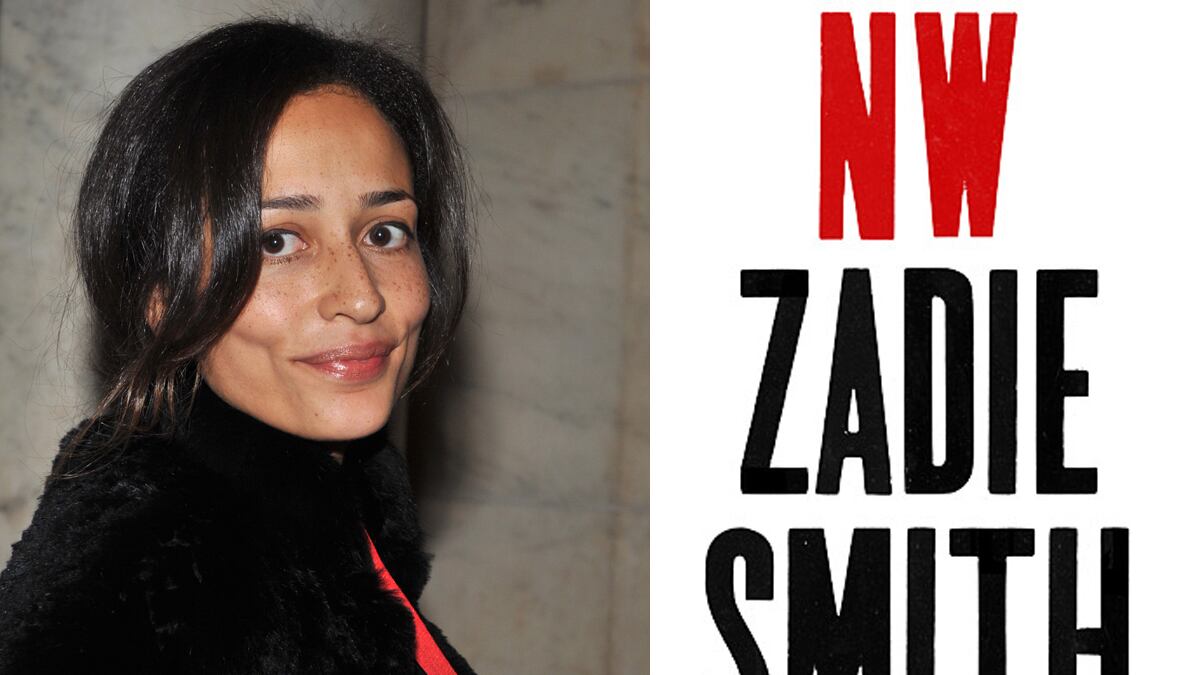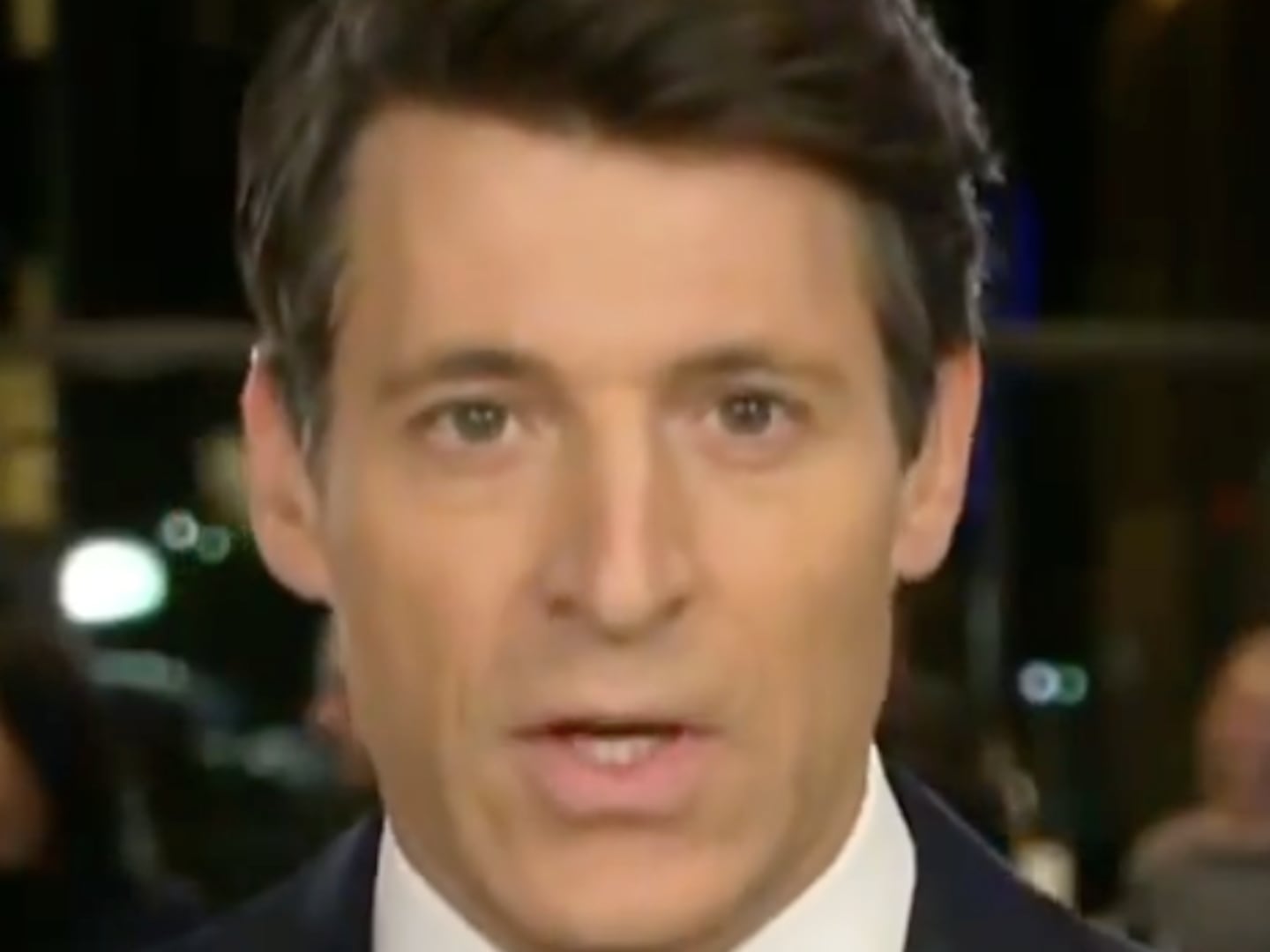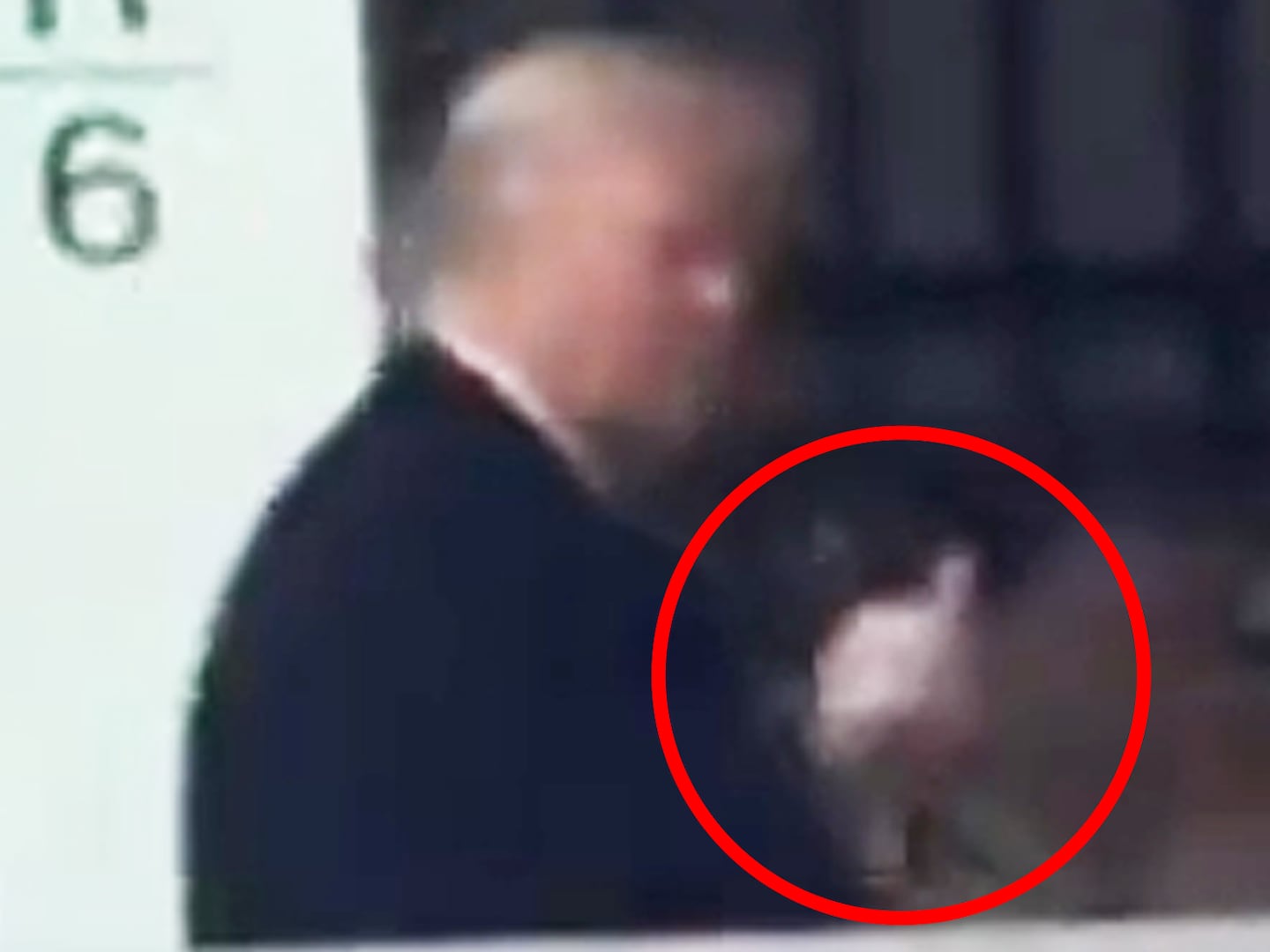Zadie Smith is fast becoming the Bard of Willesden Green, the multicultural neighborhood in Northwest London where she grew up and where her bombshell of a first novel, White Teeth, was set, as well as most of The Autograph Man (fictionalized as “Mountjoy”) and parts of On Beauty. Working class during the ‘70s and ‘80s and now slowly gentrifying, Willesden provides Smith with a rich source of material to explore her central subject: people thrown together in a community. But where in her earlier novels Smith forced coincidences and symmetries in a frantic braggadocio that James Wood called “hysterical realism,” NW shows a calmer author at work, one who pays more thoughtful attention to the intersection of place and character.

NW follows four adults from the same rough council estate in Willesden as they each attempt to move beyond their down-and-out origins. Despite an otherwise equal start in life, some pull ahead while others fall behind; some follow predictable paths, while others attempt to reroute their tracks. Leah and Natalie, best friends since grade school, have grown up to be mutually suspicious of the other’s choices: Natalie has become a successful lawyer, married a perfect man with perfect chinos (“He is handsome his shirt is perfect his trousers are perfect his children are perfect his wife is perfect this is a perfectly chilled glass of Prosecco”), and has “crossed over” into the land of motherhood. Meanwhile Leah has a good degree from a good university but works in a dead-end job in a welfare-distribution office; her husband just wants her to get pregnant, but she is steadily, secretly, stealing Natalie’s birth-control pills. When an unexpected visitor shows up at Leah’s door begging for money, their worldviews are drawn into sharper conflict. Natalie, who has accumulated prestige, money, and worldliness, thinks Leah has been duped; Leah, in turn, thinks Natalie has been duped by her ambitions, though she envies her outwardly ordered life.
Leah and Natalie’s stories are told in counterpoint with those of two young men from their neighborhood. Felix Cooper, a recovering addict and aspiring filmmaker, desperately wants to build a proper middle-class life with his girlfriend. Felix is a good man, but his instincts toward decency— an act of gallantry on the Tube—eventually prove fatal for him. And Nathan, a shadow presence in the book who we only meet a few times (the other three characters each get entire sections of the novel dedicated to them), stands in for some kind of unmitigated menace, violence, and desperation.
NW, then, is a novel about mobility. Leah, Felix, Natalie, and Nathan’s lives intersect like the lines on the map of the Underground, and the breakdown of their interactions form the novel’s key disruptions. They are always taking buses, the easiest way of getting around town, or they miss their buses, or they talk to strangers and get off a stop too early to escape them. They mostly avoid the Tube, which is expensive, unreliable, and too far underground to be easily reached or exited. When they take the Tube they forget which lines go where, as if they can only navigate when they’re aboveground and can discern the lay of the land. The only way out is up: climbing the professional ranks, the mad race up the property ladder.
And yet they are all failing, in their own ways. In one scene, Leah quotes something Margaret Thatcher once said about public transport: “Anyone over the age of thirty catching a bus can consider himself a failure.” Every bus ride in the book recalls this judgment: public transport comes to signify a refusal to buy in to the upwardly aspirational values of Thatcherite Britain. Leah is in reaction against the relentless march toward social prosperity that consumes everyone around her, especially when it dictates that she ought to bear a child and right quickly. “You’re next,” she thinks, riding the bus with her mother. “It’s the next thing. Next stop Kilburn Station ... A covered girl on her mobile phone steps on as they step off and disturbs the narrative by laughing and dropping her aitches and wearing make-up.” Leah, too, wants to disturb the narrative. That this might be done by dropping “aitches” is significant; Smith’s attention to the power of language, and the subtle iterations of the Northwest Londoner’s patois, constitutes one of the novel’s greatest strengths. What we do with language says so much about who we are and who we want to be.
Alas, although Smith has so much rich material to work with, the novel suffers from an overdose of cuteness. Smith leans too heavily on her authorial presence, controlling the way the words appear on the page, inserting line breaks, breaking her characters off mid-sentence, disrupting them as surely as engineering works on the Jubilee line. As a visual representation of the way people talk and interrupt each other, it sort of works, but it mainly feels inorganic to the material. In a well-established avant-garde tradition extending from Apollinaire to Susan Howe, words on the page form shapes— an apple tree, a mouth. Here, though, it seems unnecessary and anything but innovative. The narrative spins off into fake Google Maps walking directions, an Iain Sinclair-like psychogeographic walk through Willesden, IM conversations, menus, text messages, name brands, stage directions. While Leah, in Part One, gets an ongoing interior monologue, in Part Three we meet Natalie in the form of a list, the effect of which is a bit like looking through a window with too many panes. For all Smith’s careful attention to place and to world-building, all of these techniques still feel self-conscious, making her attempts to wrest meaning from the way these characters weave in and out of each others’ lives feel contrived. Disappointingly, Smith runs out of steam toward the end; the final scene between Natalie and Leah seems curiously staged and plotted in a novel that prefers to meander.
In its best moments, NW eschews destinations and concentrates on journeys, slowly building up pressure, allowing the reader to eavesdrop on the kind of conversations people have on the bus, in the magic invisible veil cast by the mobile phone, when they will confess their most intimate anxieties as if they cannot be overheard. “Nothing survives its telling,” Smith notes, early in the novel, as if defying her critics. NW is most successful when it is not told, but when it plunges us into the ambient cacophony of Smith’s London.






